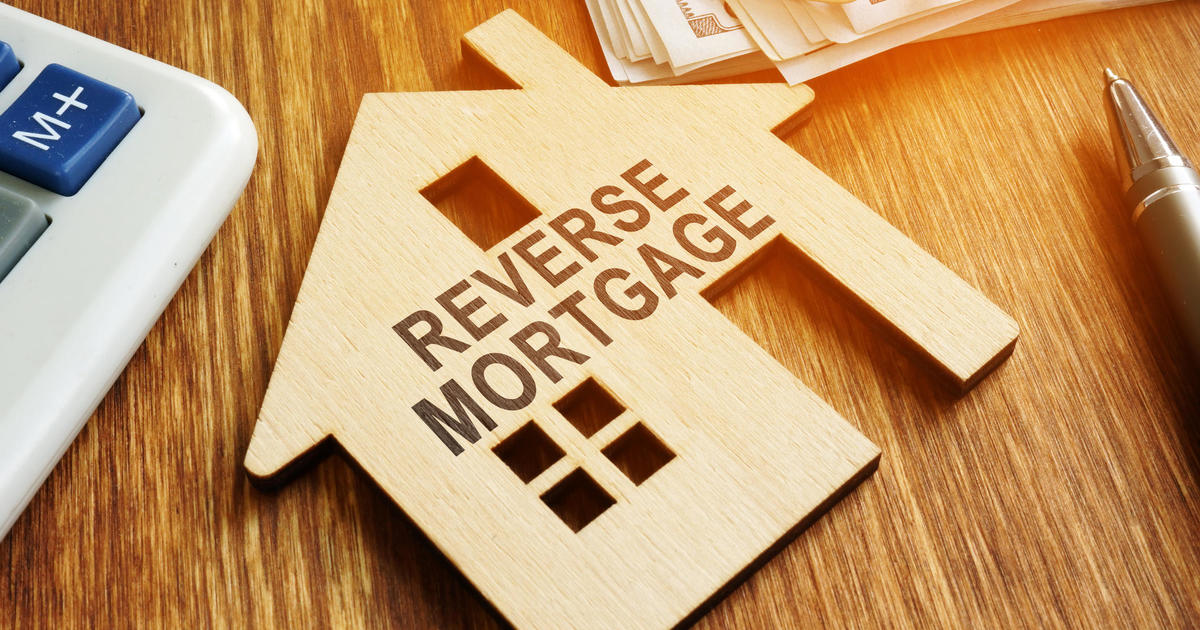A simplified tax option for home offices
This tax season holds good news for millions of self-employed people who work from home: Home office deductions, which used to require a litany of calculations and the completion of a 43-line form, have at last been simplified. The IRS will now allow qualifying taxpayers to claim the deduction by multiplying $5 by the number of square feet of your home that's exclusively used as an office.
Sound simple? That part is. But determining whether it's the best method for you isn't quite as straightforward. That's because taxpayers can choose whether to use this new simplified method or stick with the old method. And while the older approach was a bear, it might result in a higher deduction.
That's mainly because the old method allows for writing off depreciation as well as a percentage of the cost of operating your home, including utilities, insurance and maintenance. The simplified method replaces claiming all those individual write-offs, much like taking a standard deduction eliminates your ability to also claim itemized deductions for things like charitable contributions. And the total home office deduction when using this simplified method is capped at $1,500.
The bottom line: Homeowners who use much of their house for work, have an unusually expensive residence or unusually high maintenance costs are likely to get better deductions by sticking with the old system. Renters who use a substantial portion of their apartment or rental home as an office would too.
But everyone else is likely to benefit from the simplified option, which is likely to produce an equally lucrative write-off with a fraction of the hassle. Here's a simple way to figure out which method is best for you.
First, realize that the rules of what constitutes a deductible home office haven't changed. The space you claim must be used exclusively for work. (There are special rules for calculating home office deductions for in-home day care centers.) Then, the deduction amounts to a set percentage – or by the simple method, a set dollar amount – of the costs related to that portion of the home.
With the simple method, you'd multiply $5 by the number of square feet used exclusively as an office. If the office was 200 square feet, for example, the deduction would be $1,000. If it were 500 square feet, the calculation would give you a result of $2,500, but you'd be subject to the $1,500 cap -- you'd only be able to claim $1,500.
To compare the old and new home office deductions, add up your household expenses, excluding mortgage interest and property taxes, but including utility costs, insurance and maintenance. Multiply that total by the percentage of the home used as a home office – say, 10 percent. The result is the first part of your home office deduction via the old method. So if your annual expenses added up to S6,000 and you use 10 percent of the home as an office, that would allow you to write off $600 in these costs.
Next, calculate the allowable depreciation of the portion of the home that you use as an office by multiplying the value of the home (not including land) by the percentage of the home you use as an office, and then by a depreciation percentage.
For example, if the home's value is $500,000 and you used 10 percent of the home as your office, you'd get to depreciate $50,000 worth of the home each year. To find the depreciation schedule, you'd refer to the IRS instructions for IRS Form 8829 (Expenses for Business Use of Your Home) and find the depreciation rate based on how many months of the year you used the home as your office. If you worked in the home all year, you'd multiply the $50,000 by 2.461 percent to get a depreciation allowance of $1,230.50 for the year.
Add that to the $600 for the first part of the calculation and you'd see that the value of your home office deduction would amount to $1,830 with the old method -- about $300 more than you'd get with the simplified method. (Technically, you write off a portion of your property tax and mortgage costs as part of the home office deduction, too. But because these already qualify as allowable itemized deductions, you can claim them with or without a home office.)
But there's a catch to using the old method. Depreciation deductions need to be "recaptured" if and when you sell your home. That means this monetary edge is temporary, unless you plan to live in the home for the rest of your life. If you never sell the home, the depreciation becomes an estate tax issue. If you sell before then, it becomes a nightmare.
The simplified home office deduction doesn't deal with depreciation and thus doesn't require recapture, so you'd want to consider whether the incremental difference is worth the tax hassle later. A $300 deduction is likely to net a $100 tax savings, which may not be enough to compensate for the trouble. However, if the home was worth $1 million and you were using 30 percent of it as a home office, it would be another story.
If you're a renter, you don't have to worry about depreciation. You get to claim the portion of your rent and utilities that's represented by the home office, and you don't have to be concerned with a nasty "recapture" later. In the case of a renter who uses a substantial portion of the apartment as an office, the old method is likely to produce the best results.
Let's say, for example, that you rent an apartment for $1,000 a month and pay $60 a month in utilities. One quarter of the apartment is used for your office. You'd be able to deduct one quarter of your monthly rent -- $250 -- plus one quarter of the utilities ($15). The total over 12 months would amount to $3,180, a far better result than the simplified home office method would allow.




